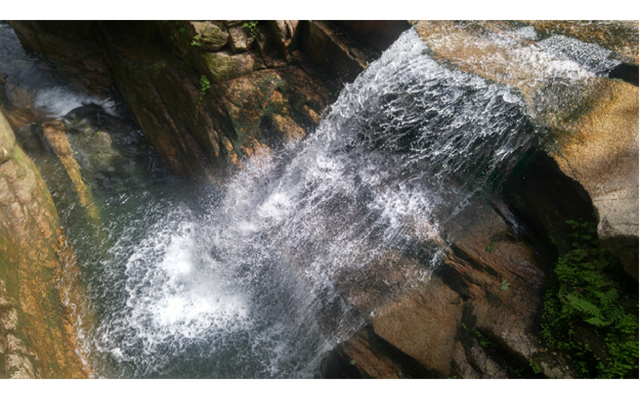Author: Henri Azibert
Water is essential to life and is thought of as the most benign liquid to humans. Yet water is an extremely aggressive chemical. It is one of the most universal solvents – able to dissolve minerals, metals, salts, rocks, and an innumerable variety of compounds. This is the reason we use water to clean, as its capacity to dissolve impurities is so powerful.
Many of us will start the day by taking a shower or drinking a cup of coffee. In either case, the power of water to wash and rinse away dirt, or to dissolve caffeine and sugar is exploited. In one case, we use the water to clean; in the other, we deliberately soil the water. Heating the water increases its ability to dissolve chemicals, making it that much more effective for our early daily activities.
Of course, the more the water has impurities dissolved in it, the less its ability to clean; it eventually gets to a point of saturation where no more of a particular chemical can stay in the solution. This is all temperature dependent; with an increase in temperature allowing more to be dissolved, while lowering the temperature can be used to precipitate solids out of a solution. All these characteristics can be put to good use to either clean with water or to clean the water.
Indeed, the cleaner the water, the better it cleans. So how do we clean water? It all depends on what is in it. Some of the most commonly used methods are separation, digestion, filtration, and distillation.
From movement and flow, spray or rinsing, particles can be entrained and remain in suspension. For liquids that do not readily mix with water, such as oils, an emulsion can result from agitation. Putting gravity to use, water can be stored in settling ponds. Over time, the particles heavier than water will fall to the bottom; those that are lighter will float to the top. The lighter materials, or lighter immiscible liquids, can be skimmed off the top while the heavier particles can be concentrated and removed from the bottom.
What remains are dissolved or suspended solids. For common waste water, that means a large amount of organic matter, and this is where we can enlist friendly hungry microbes. Microbial organisms can eat the dissolved or suspended solids. Providing oxygen by bubbling air through the water helps the micro-organism grow and multiply. As the contaminants are digested, impurities are removed from the water.
Following separation and digestion we may be left with inorganic chemicals and particles. Filters can be used to trap these contaminants. Nature provides natural filters such as sand, and that is a very effective filtering media. For even finer filtering, membranes can be used to separate molecules larger than those of water. Reverse osmosis is a water purification technology that uses a semipermeable membrane to remove ions, molecules, and larger particles from water. In reverse osmosis, the liquid is pressurized to be driven through the membrane. Reverse osmosis can remove many types of dissolved and suspended impurities from water, and it is used in both industrial processes and the production of potable water.
Another method to get extremely clean water is to use the distillation process. Heat energy is used to boil or evaporate the water into steam or water vapor. When the air containing the water vapor is cooled below its dew point, the water precipitates out of the air, and pure water can be collected. We observe this process on a rather regular basis in the form of rain. The key is to keep the distillate or condensate clean during its collection. With rain, as it falls, it can dissolve whatever particles are in the air, or from any surface where it drains. This is how we get acid rain and storm water. When distillation is used in an industrial process, the material used in the collection must be such that they are not attacked by the pure water. Ultra-pure water, used in some manufacturing processes, turns out to be very difficult to be kept pure and contained. As its capacity to dissolve is so great, it can attack sealing components (if they are not carefully selected) and create leakage pathways. Its ability to clean makes it extremely difficult to seal as it can dissolve its way through any potential leak path.
The cleaner the water, the better its ability to clean. However, we may first have to clean the water in order to clean with it.
http://test.empoweringpumps.com/industry-pros/henri-azibert/





Comments